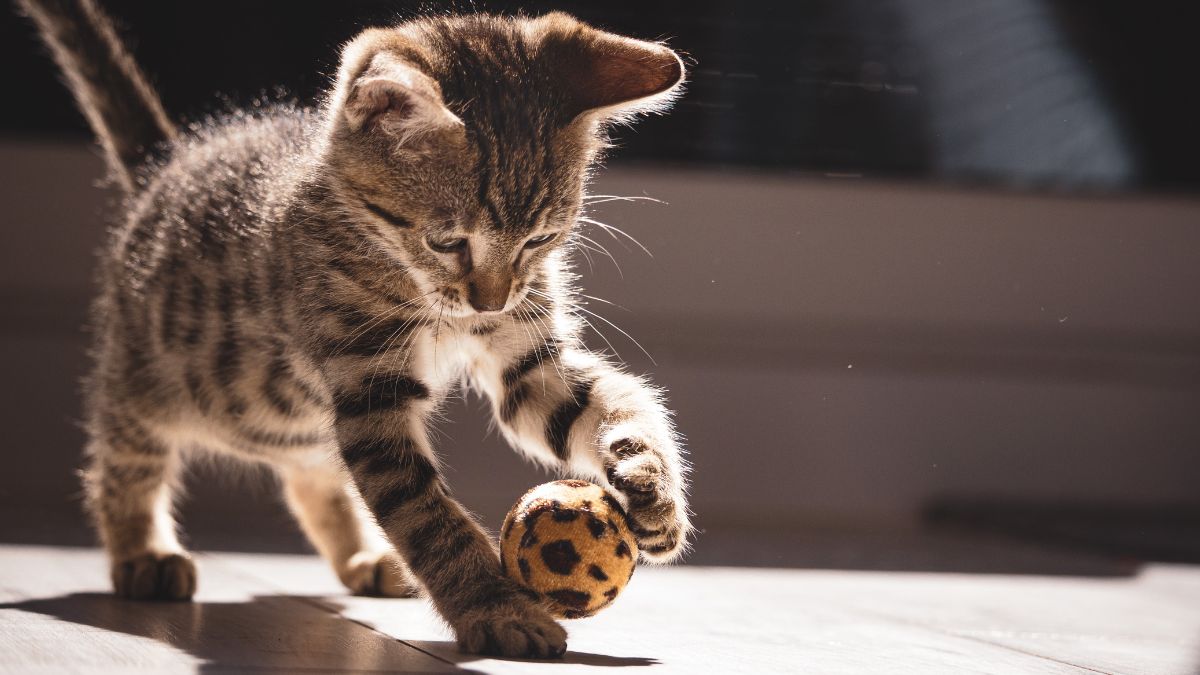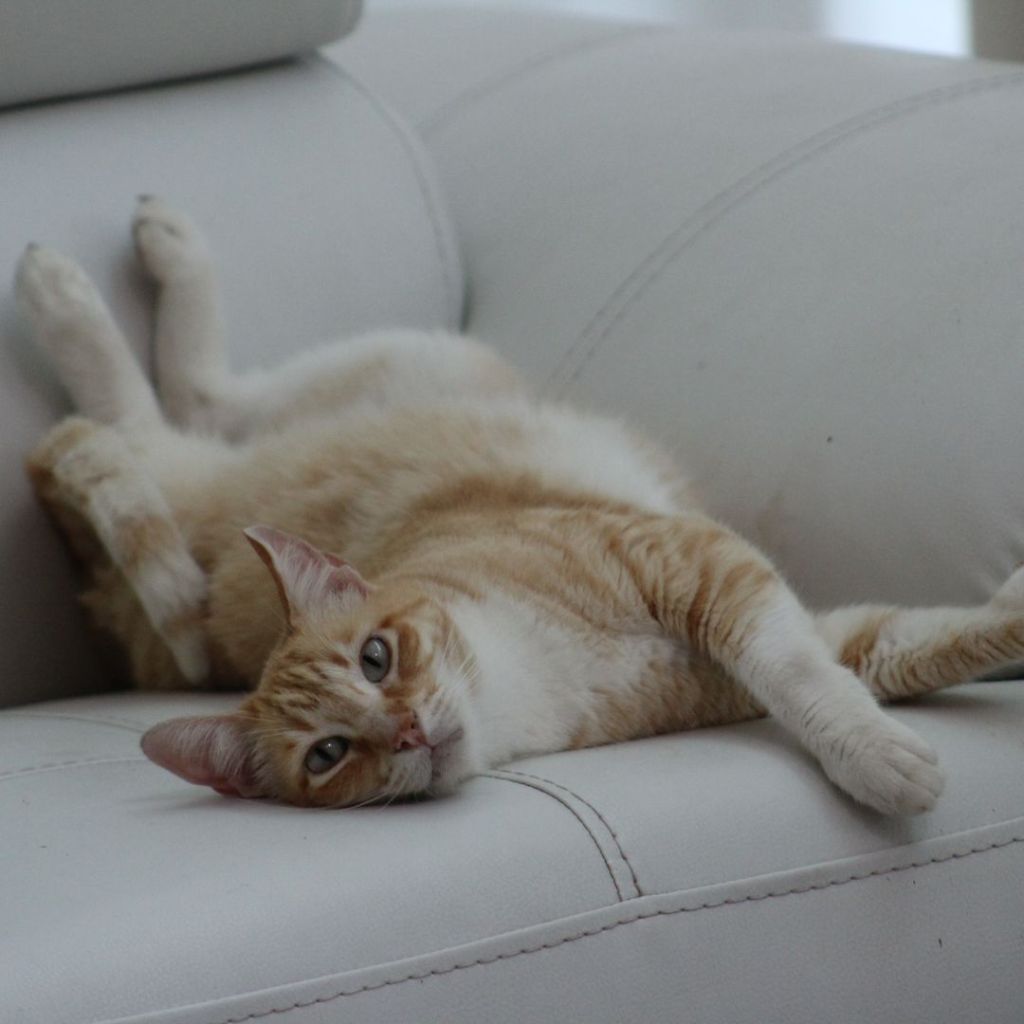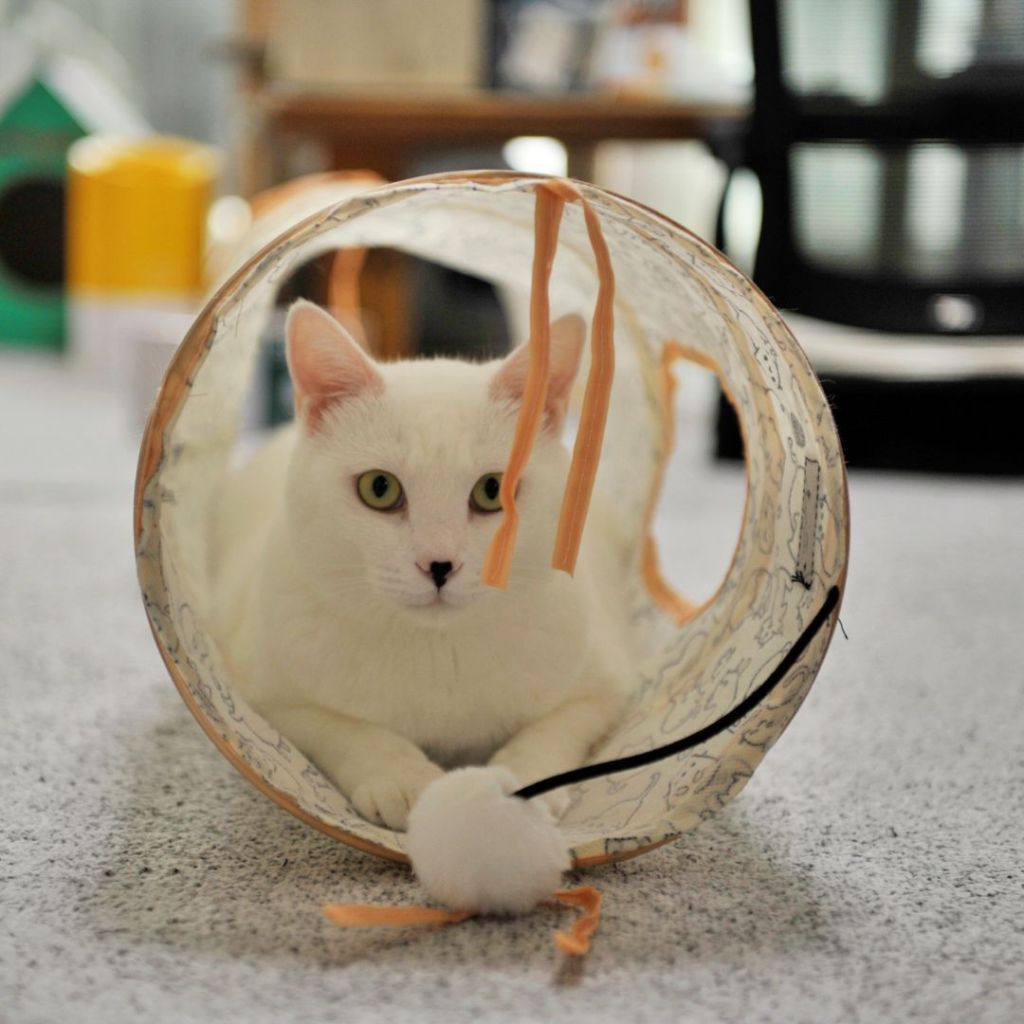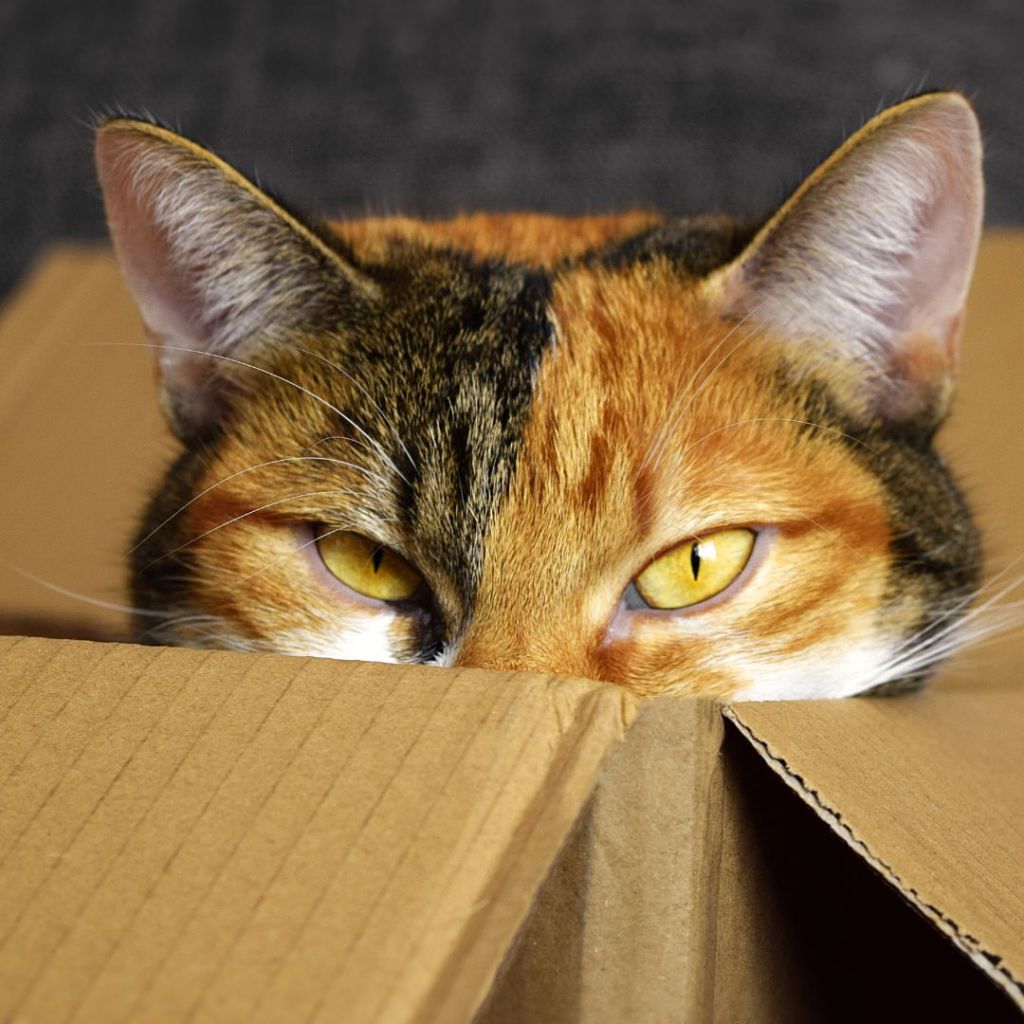
Cat Playtime Guide: How to Ensure Cat Sitting Clients Get Enough Exercise
Sep 8 2023.
Felines sleep a lot, which often makes it seem as if cats don’t need (or want) much exercise. However, like a balanced diet, daily exercise is important for a kitty’s overall health. As a cat sitter, daily playtime with your feline clients should be one of your top priorities. Not sure how to ensure that your cat client gets enough exercise? Cat in a Flat explains why exercise is important for cats and the best way to make sure your kitty clients stay active and happy!
Table of contents

Why exercise is important for cats
Why is exercise so important for cats? Daily exercise is a must if you want to keep your furry friends happy and healthy. Exercise can have a myriad of benefits for a cat including weight gain prevention, improved sleep, and better physical and mental health. Hence, you should never skimp on daily playtime with Mr Whiskers!
Here are some of the reasons why exercise is important for your cat client:
Weight management
Most likely your kitty client will be spending a lot of time lounging indoors while their paw parents are away. Inactive cats are more prone to weight gain—especially if they’re not on a feeding schedule. This can lead to diseases like feline diabetes and joint problems. As a cat sitter, you aren’t responsible for your feline client’s health outside of the scope of your job. But, you can keep them happy and healthy while they’re in your care! Which is why exercise is important for all your cat clients.
Decreases boredom
With their fur parents away, Mr Whiskers probably won’t be socializing as much as usual. Because they’re spending so many hours alone, your kitty clients are more likely to get bored. Daily exercise with your cat client will help them release energy and tire them out so they’re less likely to get bored on their own.
Mental stimulation
Felines are hunters by nature, and it’s important for them to be able to act out their hunting instincts. When a cat doesn’t get enough exercise or doesn’t feel stimulated by their environment, they’re more likely to act out or become aggressive. Make sure to chat with your client’s paw parents beforehand to find out what kind of stimulation you can provide for your furry friend during and in between cat sitting visits.
How much daily exercise does a cat need?
Your kitty client’s activity levels will depend on their age, breed, and personality. However, experts agree that the average cat needs to exercise or be active for at least 15-30 minutes every day. The younger the fur friend, the higher their activity levels. This is why multi-cat households are great for keeping felines active—they can play with each other too!
You obviously have a limited amount of time you can spend with each kitty. Not to worry, you can still ensure your cat client gets enough exercise during a regular 30-40 minute cat sitting visit.
Kittens and young cats:
- Ideal playtime: 15-20 minutes daily.
- How to play: When caring for kittens or young cats, playtime needs to be vigorous and interactive to ensure they get enough exercise. Use toys that promote jumping, running, and stretching. And don’t be afraid to get up and move around too!
Older cats:
- Ideal playtime: 10-15 minutes daily. This will vary depending on the age of the cat. Aim for more exercise with a younger cat, and less with a senior feline.
- How to play: Older cats may grow tired more easily or be less mobile. This varies from feline to feline, so adjust exercise according to each cat client’s needs.

How to make sure a cat gets enough exercise
Playing with your furry friend is an important part of every cat sitting visit, so always make sure you schedule time for it. Here’s how to ensure your cat client gets enough exercise while their paw parents are away:
Know where the toys are
Always make sure to ask cat parents about their feline’s usual exercise routine. Find out where they keep the toys and which ones are safe for their kitty to play with unsupervised.
Provide variety
If your kitty client doesn’t have a large variety of cat toys, ask their paw parents if it’s okay for you to bring in a few yourself. Balls, fishing rods, and lasers are all funs ways to make sure a cat gets enough exercise.
Allow the cat to ‘win’
When playing with a kitty, make sure you allow them to ‘win’ at the end of each game. Let them catch the feather toy at the end of a fishing rod or reward them with treats when they capture a ball or pounce on the laser.
But don’t force it
Sometimes Mr Whiskers won’t be in the mood to play, and that’s okay! Never force a cat client to exercise or engage with you. Let them decide if and when they’d like to play.
Put away the toys
At the end of each session, make sure you put away any toys that could be dangerous for cats. For example, toys like string or plastic bags can be choking hazards for Mr Whiskers. If in doubt, ask their paw parents!

How to keep a cat entertained when you’re not around
As much as you would love to spend all your time cuddling your kitty clients, you can’t be there all the time to keep them entertained. Here are four ways to ensure your cat client is getting exercise whenever you’re not around:
- Leave out a few toys: When you’re done with your visit, leave a few toys around the home for Mr Whiskers to play with later. Make sure these are safe toys for cats that can be played with without supervision. You might even consider dusting the toys with a little catnip to motivate your cat client to exercise!
- Cardboard boxes: Cats LOVE boxes and the best part is they’re cheap and easy entertainment. Got any spare boxes left over at home from a parcel delivery? Bring a few along for your kitty client.
- A view: Windows are like TVs to our furry friends. Make sure your kitty client has an unobstructed view outside by keeping windowsills clear and placing a bed or cat tree by the window. Mr Whiskers will enjoy bird (or people) watching and will stay engaged while home alone.
- Hide treats: At the end of your visit, hide several treats around the home for Mr Whiskers to find. Your cat client will get exercise while hunting them down and enjoy the tasty surprise too!
Hopefully these tips will help you better approach exercise with your cat clients. Want to learn more about feline care and the cat sitting life? You might enjoy our blog posts on how to handle a cat that won’t eat or drink and how to deal with the major demands of cat sitting.
